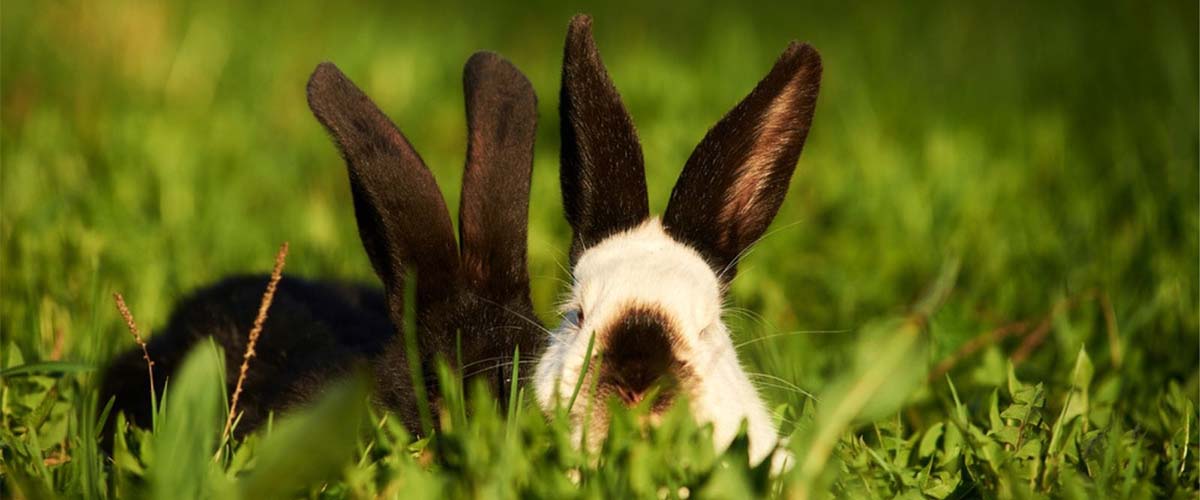Skin problems in rabbits: an overview
Overview
- Your rabbit's skin protects them and keeps them warm, so skin disease often makes them feel uncomfortable and miserable.
- This page gives an overview of the different types on skin problems a rabbit can suffer from.
- Always contact your vet if you notice something wrong with your rabbit's skin.
Signs of a skin problem
Skin and fur are important for protection and warmth, so skin disease is often very uncomfortable. In some cases, skin symptoms can also indicate a more serious, underlying problem.
Book an appointment with your vet if you notice any of the following symptoms.
- Itchy skin
- Hair loss (alopecia)
- Dry flaky skin
- Dermatitis (red, inflamed, sore skin or a rash)
- Smelly, weepy skin
- Coat colour change.
Don't wait to see if your rabbit improves as this could lead to more serious issues developing.
Types of skin disease
Some of the most common skin diseases in rabbits include:
- Fly strike - a potentially life-threatening condition that develops when maggots hatch on a rabbit and burrow under their skin.
- Urine scald - burns around your rabbit’s bottom due to urine/faeces build up.
- Abscesses
- Wounds
- Fleas, mites and lice
- Ear mites
- Bacterial skin infections
- Fungal skin infections such as ringworm
- Bumble foot (pododermatitis) - painful hair loss and ulcers on the soles of the feet. Most common in inactive, overweight rabbit s and those kept in damp conditions or on grid floors.
- Myxomatosis - a nasty virus that amongst other symptoms, can cause patches of swollen skin on the face and body.

Urine scalding can cause skin problems in rabbits.
When to contact your vet
Contact your vet if you notice any signs of a skin problem in your rabbit(s). Skin conditions are often very painful, especially if they are severe or continue for a long time.
You know your rabbit best. If they don’t have the symptoms listed above but you are still concerned it’s always best to contact your vet.
Published: August 2020
Did you find this page useful?
Tell us more
Please note, our vets and nurses are unable to respond to questions via this form. If you are concerned about your pet’s health, please contact your vet directly.
Thank you for your feedback
Want to hear more about PDSA and get pet care tips from our vet experts?
Sign up to our e-newsletter
Written by vets and vet nurses. This advice is for UK pets only. Illustrations by Samantha Elmhurst.

